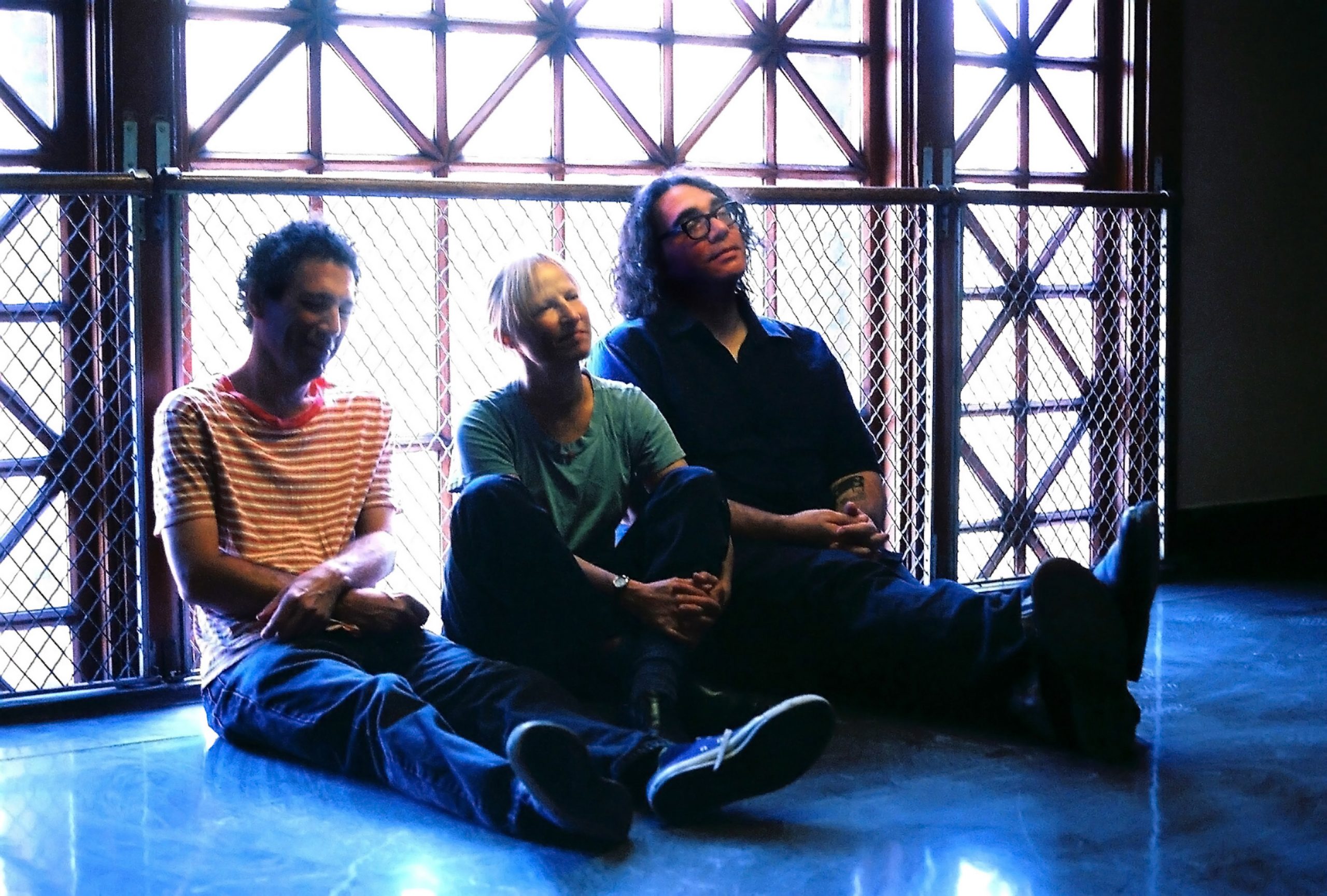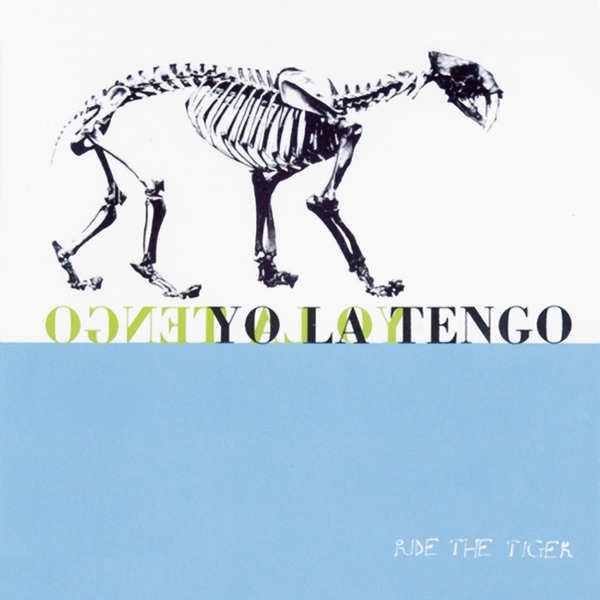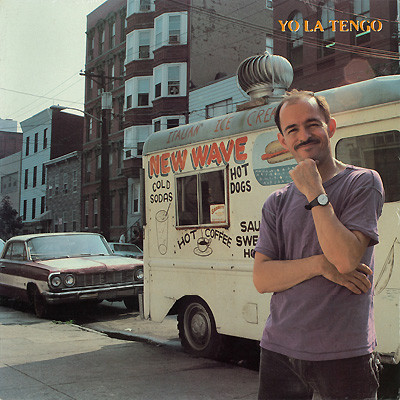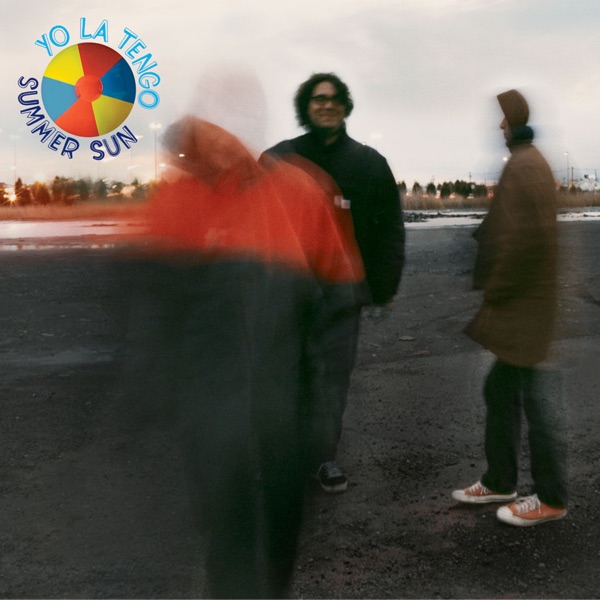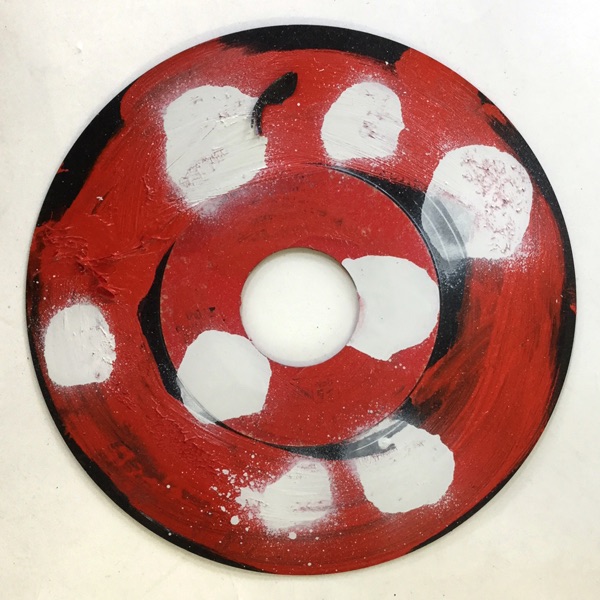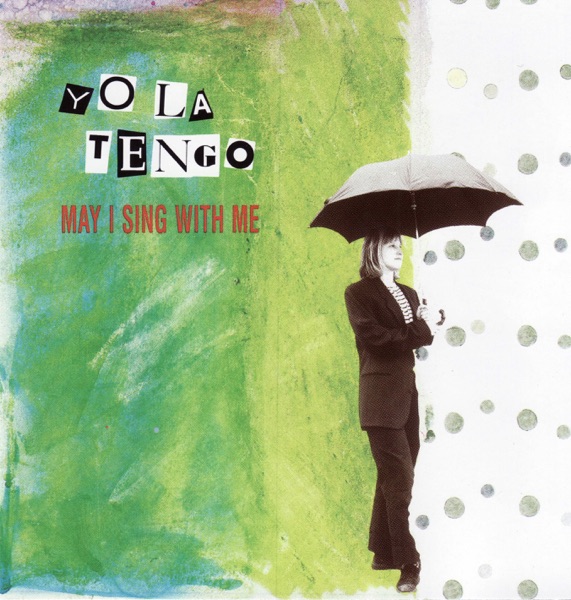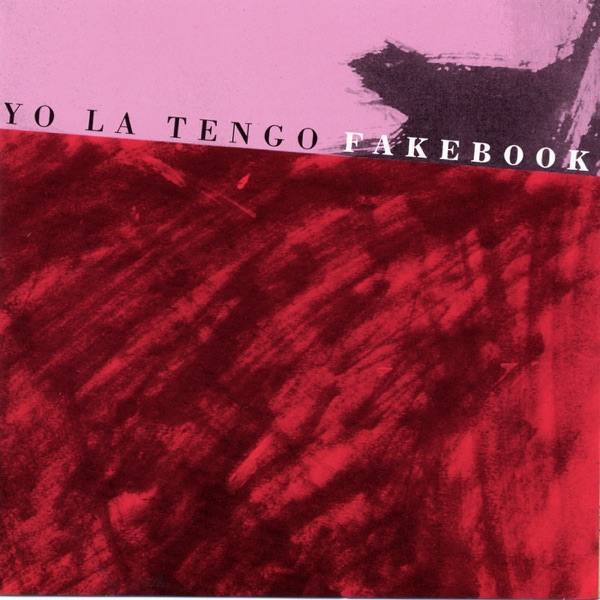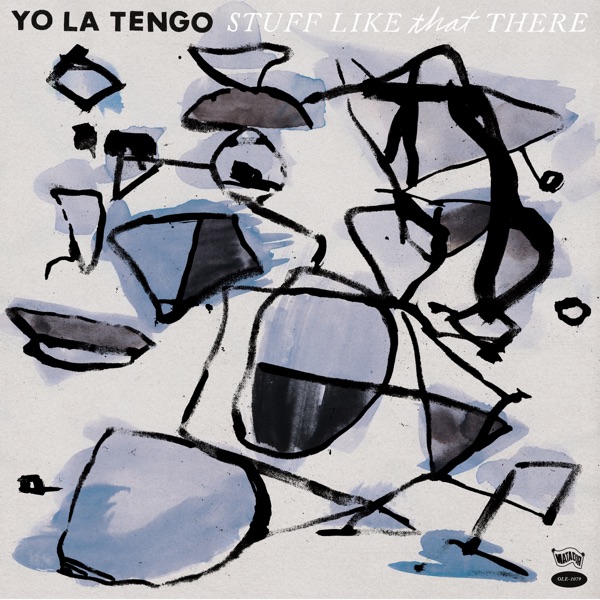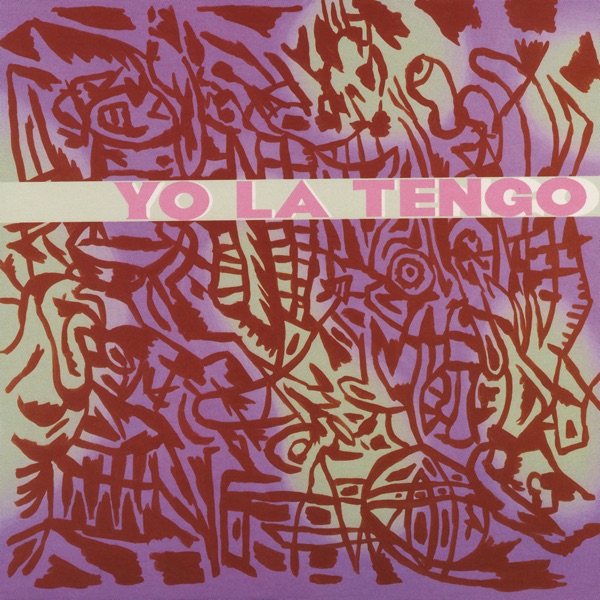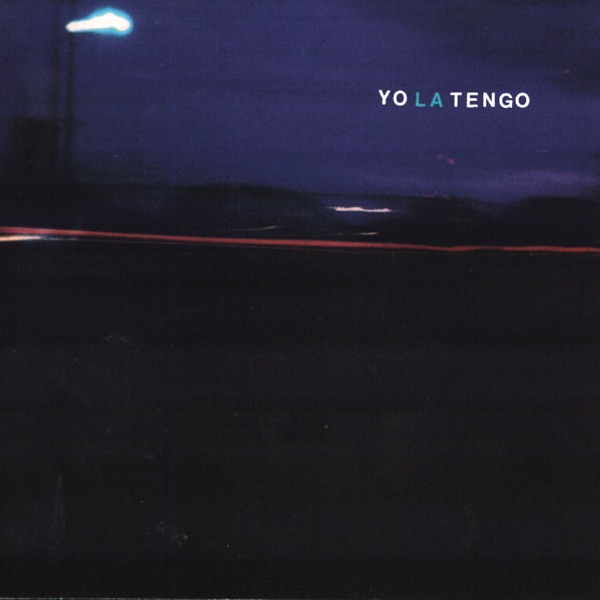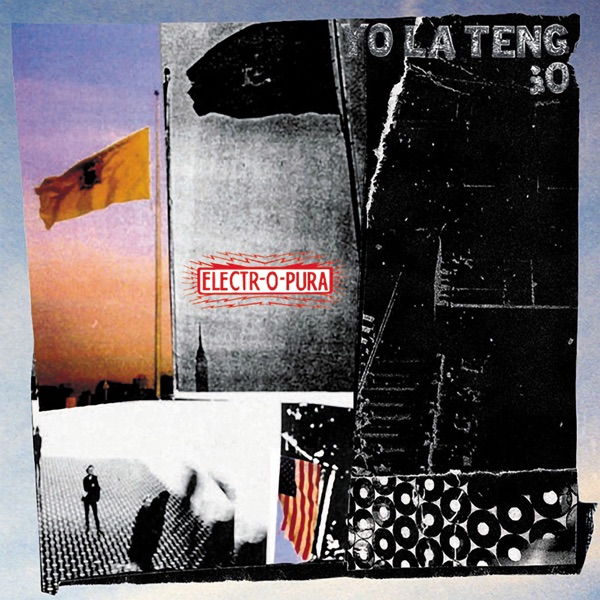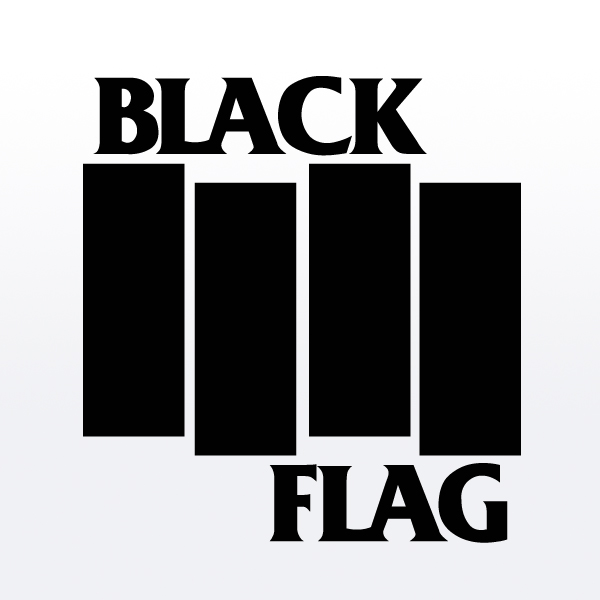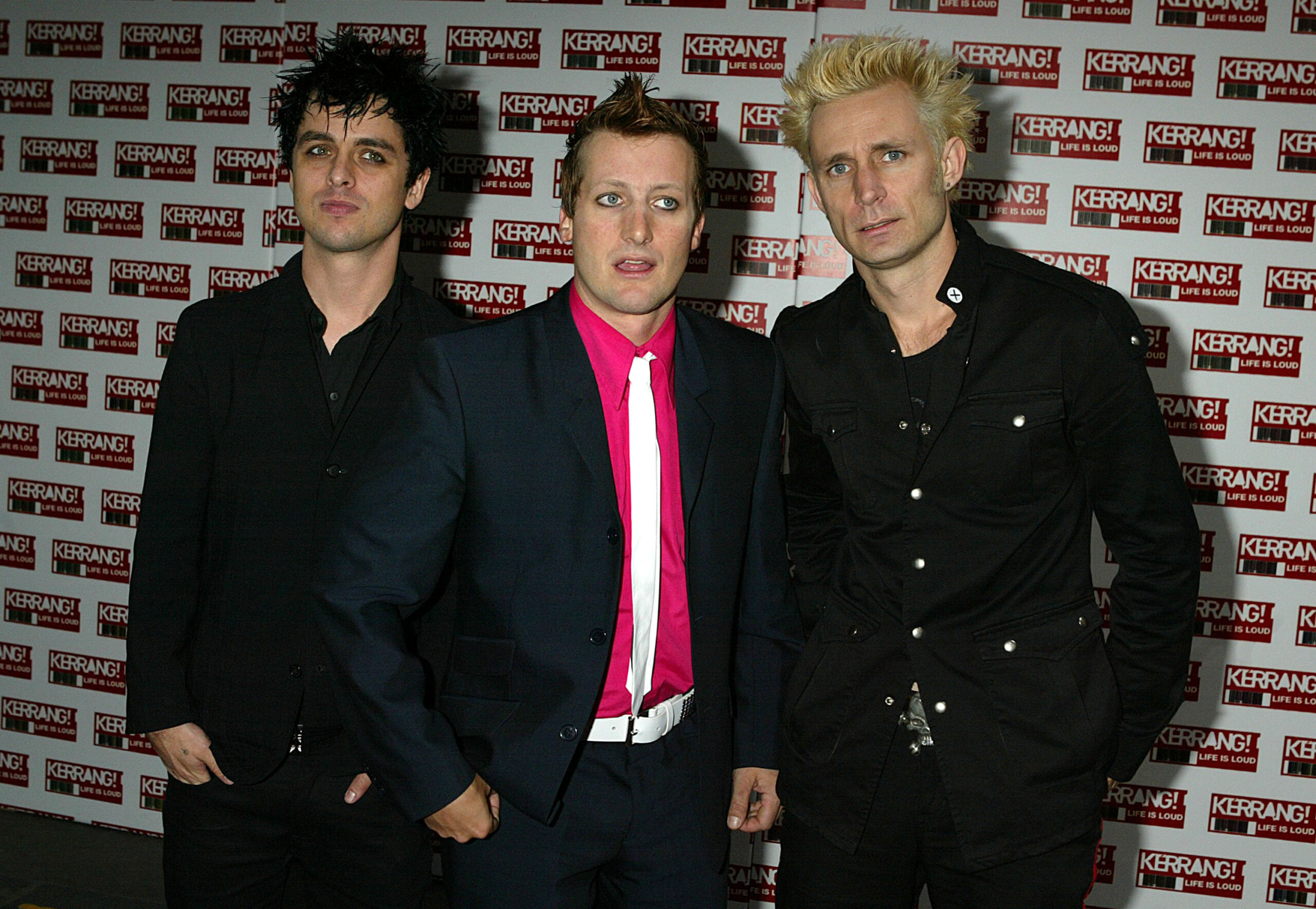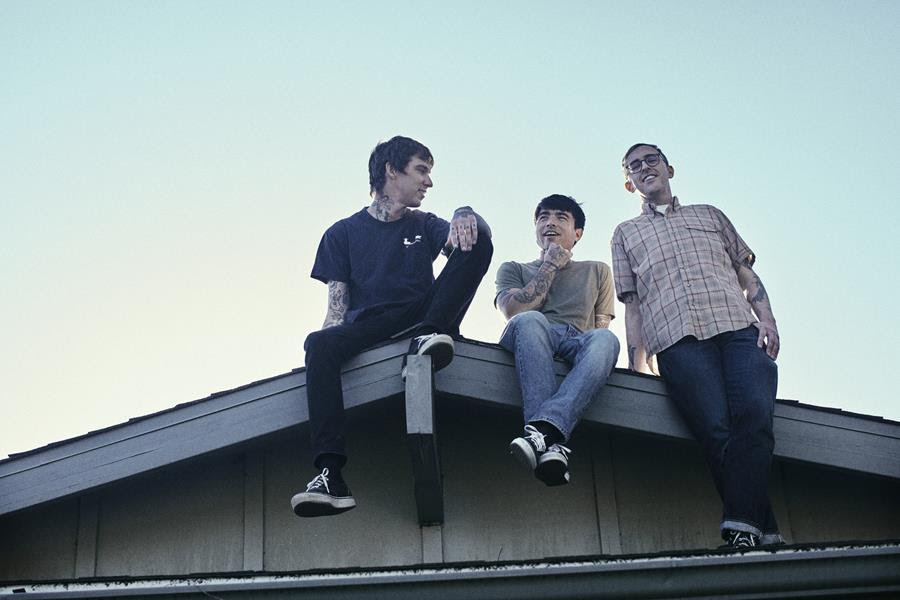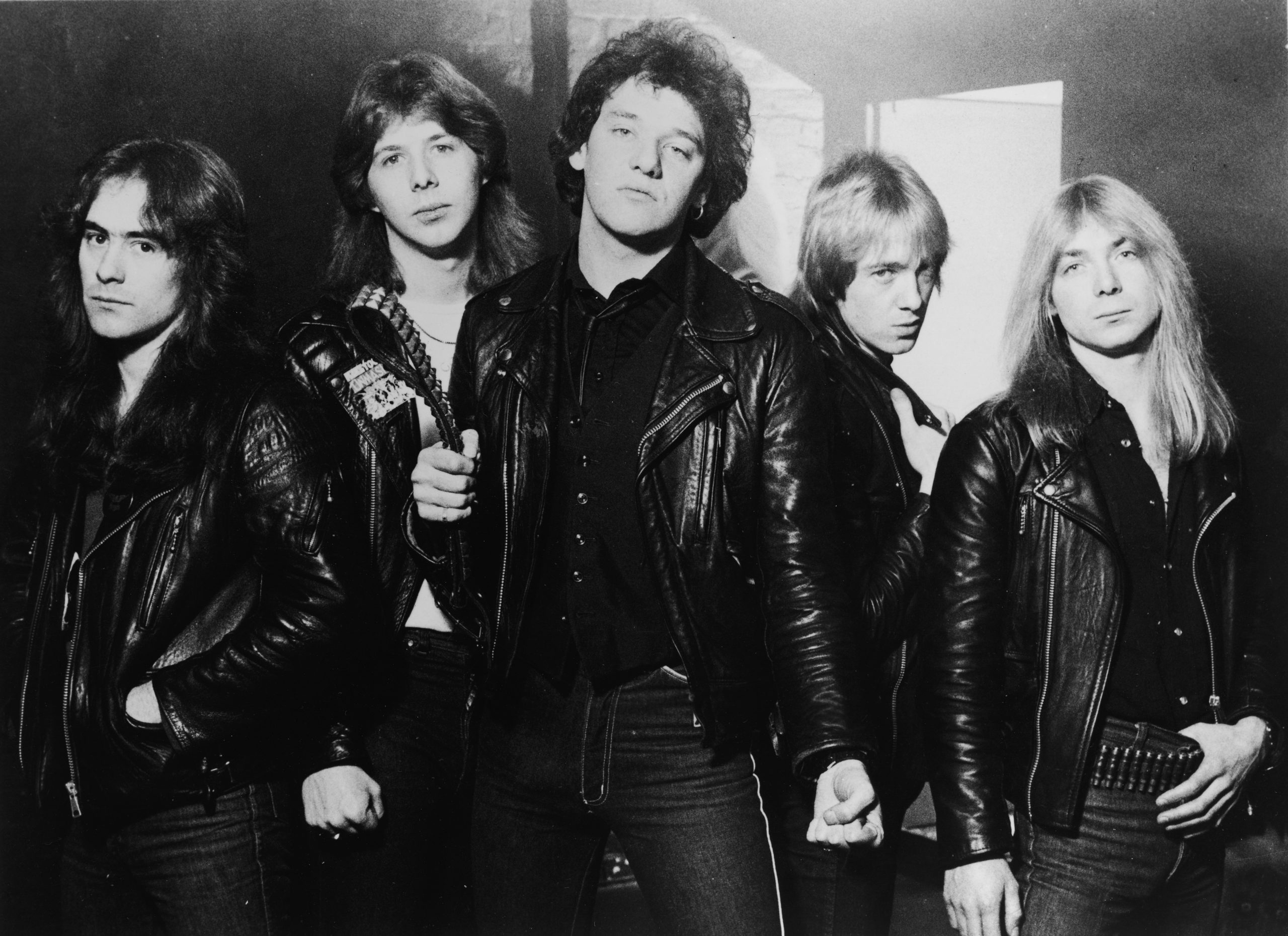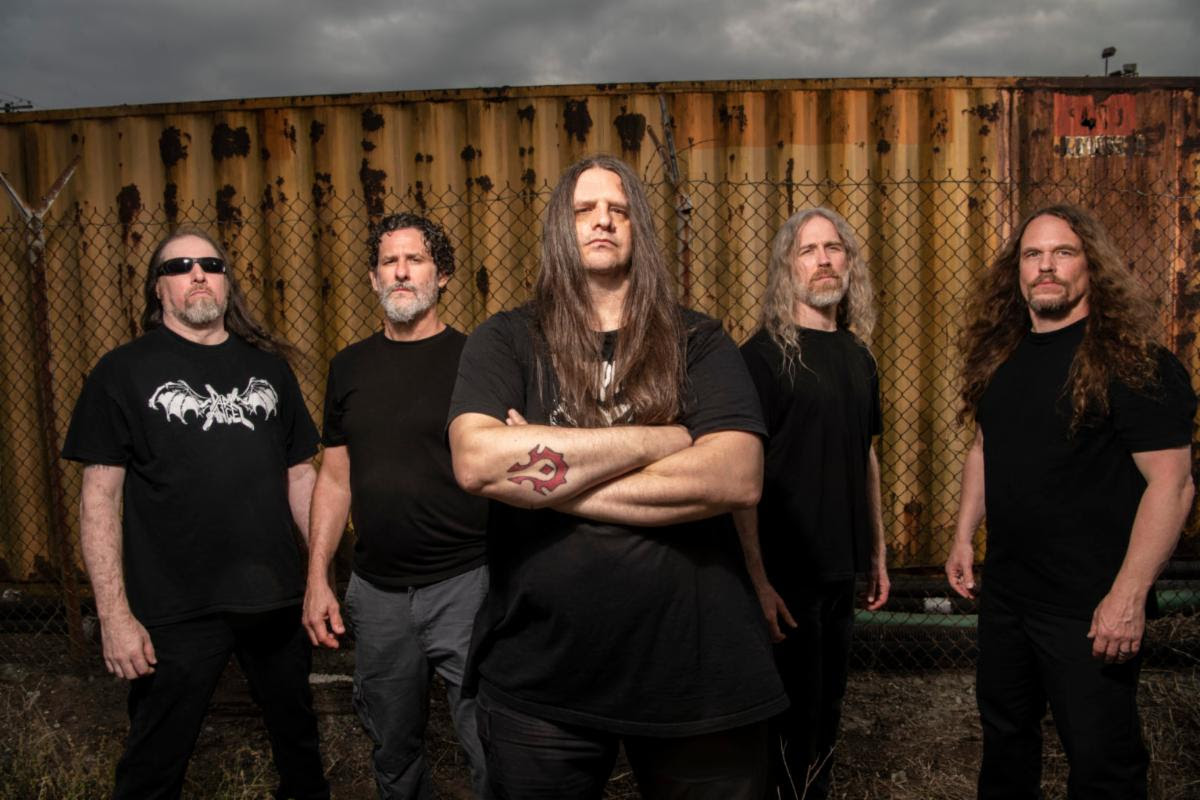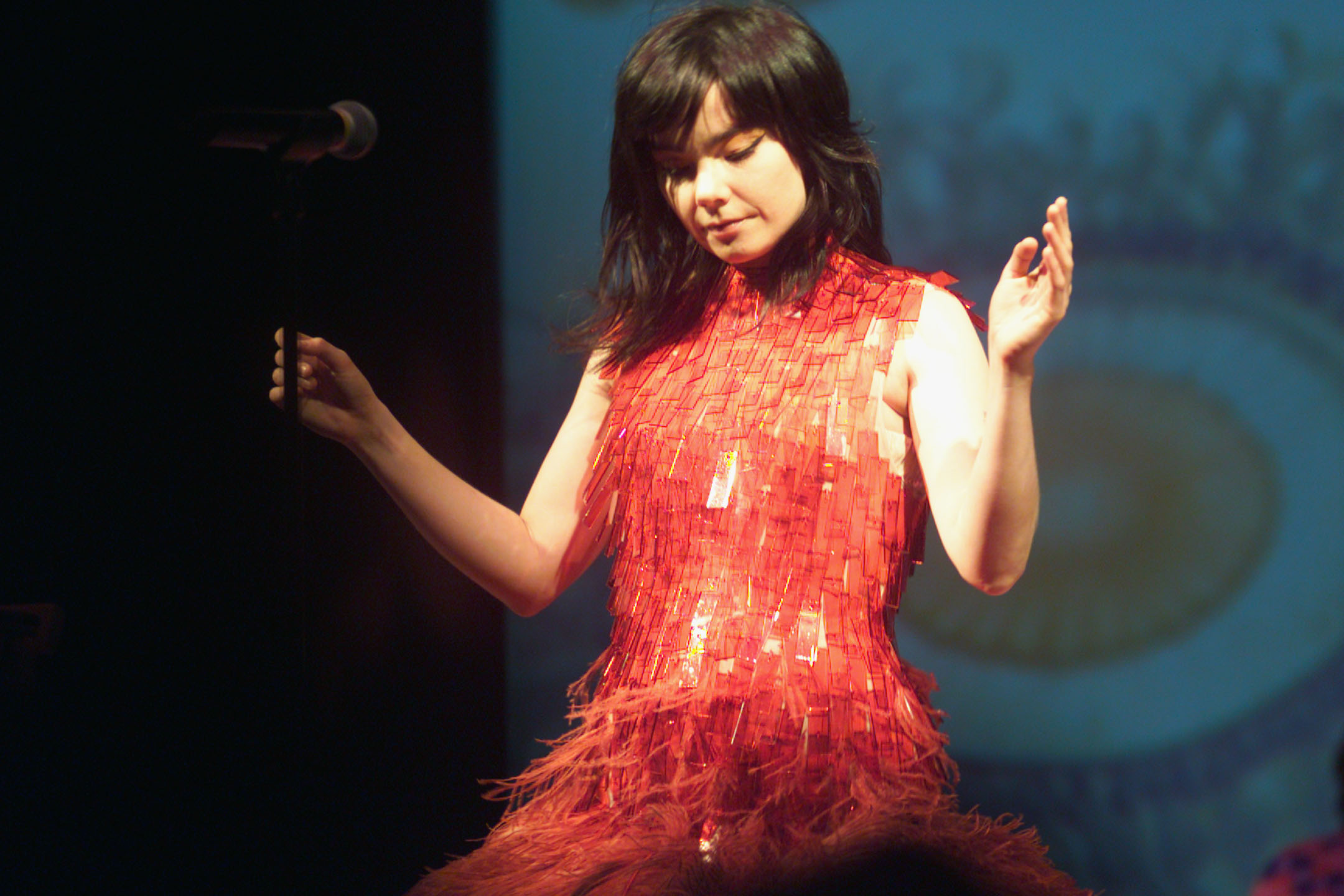We're refreshing and revising our old Counting Down lists to make room for new albums and insights that have come along since their initial publication. Our ranking of Yo La Tengo's albums from worst to best originally ran on October 12, 2012.
With their Spanish-language name, long-gestating popularity, and outré-cratedigger aesthetics, Yo La Tengo are as wildly unlikely an American institution as they are a beloved one. For nearly four decades they have worked ardently to achieve a universal theory of popular music which equally prizes '60s soul, '70s scuzz, Stereolab, and Sun Ra, creating in the process a catalog replete with classics and curios -- the impeccably-curated record store of their collective imaginations.
First formed in Hoboken during the early '80s, the initial lineup consisted of wife and husband team Georgia Hubley and Ira Kaplan, the former a drummer and visual artist, the latter a guitarist, part-time soundman at the legendary neighborhood club Maxwell’s, and contributor to the indispensable publication New York Rocker. Running on a parallel track with Manhattan’s no wave scene, Hoboken brimmed with talent, populated by the visionary, jittery Feelies, the gifted new-traditionalist dB's, and the arch synth-rockers the Cucumbers, to name only a few.
Early Yo La Tengo was an exercise in periodic inspiration and general chaos. Hubley and Kaplan struggled to find a stable lineup and cycled through bassists including a couple of stints by Gene Holder of the dB's. Their charming-if-minor first three LPs, Ride The Tiger, New Wave Hot Dogs, and President Yo La Tengo, vacillated between lilting pop, menacing drone, and abusive noise without quite mastering any of them. In retrospect it is easy to see how standout tracks like "Barnaby, Hardly Working" and "No Water" anticipated the group’s visionary co-mingling of approaches, but in real-time you had to squint to differentiate them from hundreds of American indie groups riding the formidable coattails of early R.E.M.
Ironically for a band who would become practically synonymous with feedback-driven, Crazy Horse-style guitar workouts, the first true inkling of YLT's specialness came in the form of 1990's acoustic LP Fakebook, which saw the band make a spirited run through classics by heroes ranging from John Cale to the Flamin' Groovies to Daniel Johnston and even throwing in a couple of their own tunes for good measure. Greatly abetted by the guitar work of ace session man Dave Schramm, this is the first time the band sounds completely committed to an approach and the results are effervescent and moving. A wonderful closing version of NRBQ's "What Can I Say?" revealed another of the group's secret weapons: Georgia Hubley's ingratiatingly informal alto voice, which would feature more and more in the group's finest work.
YLT finally resolved their long running bass player imbroglio by bringing in James McNew in 1992. McNew had previously played in the well-regarded indie band Christmas and coincidentally attended the University Of Virginia at the same time as David Berman and Stephen Malkmus, whom he never got to know. His sympathetic, melodic playing fit the band perfectly, providing a stabilizing backdrop for Kaplan's frenetic guitar and a supple backing to Hubley's sterling beat. The group's first record together, May I Sing With Me, is a take-no-prisoners affair and the noisiest album they would ever make -- indeed one the noisiest records ever made by any pop band. On tracks like "Some Kinda Fatigue" and the joyous "Upside-Down" McNew's fuzz bass acts as a kind of sonic glue to the band's disparate impulses. It's not a masterpiece, but after eight years of compulsive tinkering, it was evident something big was brewing.
The backstory behind 1993's extraordinary Painful did not sound overly promising. Mired in a contractual fight with their label Alias and ensconced in Hoboken's Water Music studios following a brutal winter and with new co-producer Roger Moutenot in tow, nothing came easy. Nevertheless, over the course of the sessions the band haltingly hit upon something at once entirely novel and utterly familiar. The deep blue strains of Painful are a sine wave moving up and down between the pastoral and the in-the-red with inexhaustible purpose and logic. Guitars wheeze and moan, Ira and Georgia harmonize like the Everly Brothers, and McNew's bass is metronomic and mesmerizing. Released in 1993 by the then fledgling indie Matador, Painful created a new vernacular for not only the band itself but indie music in general. Nearly 30 years later, it is a watershed moment and the first objectively great album from one of the great American bands of the past half-century.
Painful proved to be the pivot point that launched YLT on one of the great runs of any group in the twentieth century: Suddenly they couldn't miss. 1995's Electr-O-Pura consolidated the creative gains made on Painful and even improved upon them. The elegant "Blue Line Swinger," the heartbreakingly delicate "Pablo And Andrea," and the deliriously rapturous "Tom Courtenay" are all classics of the genre and exemplary demonstrations of their remarkable agility in moving through mood and genre. 1997's I Can Hear The Heart Beating As One is better still: 16 songs over a sprawling 70 minutes which cleverly elides the problem of choosing a direction by choosing every direction at once. The result is a tour-de-force quite unlike any other -- samba and ambient noise co-existing alongside fuzzed-out guitars, country and western excursions and haunting, percussion-forward confessionals. "Whatever you want from me/ whatever you want I'll do," pledges lead single "Sugarcube." And they do.
Yo La Tengo's audience grew in proportion with their achievements and soon larger and larger stages loomed. They were along for the ride at Lollapalooza in 1995, where they played ping-pong with Pavement while the uber-backstage-dramas of Courtney Love played out. However well-earned, the attention seemed to startle a band of dedicatedly insular personalities. Perhaps this contributed to the haunted mood of 2000's And Then Nothing Turned Itself Inside-Out, an account of domestic honesty and dark-palette moods resembling Richard and Linda Thompson's Shoot Out The Lights on psychotherapy and Quaaludes. The 18-minute closer "Night Falls On Hoboken" is in the running for the group's greatest achievement, a pastoral hymn to the promise of love that simply drifts off, unable or unwilling to finish its thought. A different kind of masterpiece.
Everything that follows further burnishes the band's legacy. 2003's diffuse and searching Summer Sun was greeted as something of a letdown at first, but its reputation has grown with time and it contains some of the band's most beautiful music, especially the Hubley-sung "Little Eyes" and "Today Is The Day," which conjures mountain ranges of decorous melancholy expanding in every direction.
2006's positively bonkers I Am Not Afraid Of You And I Will Beat Your Ass sounds like Crazy Horse backing a Vegas revue and is every bit as upsetting and/or promising as that sounds -- the most aggressively challenging music they'd made since May I Sing With Me and seemingly something of a concept album about getting into fistfights. It's a template-setter for the later phases of Yo La Tengo when the band would increasingly follow its experimental muse into any direction it haphazardly pointed to, without fear of losing their stature or loyal audience.
The post-post-ironically titled Popular Songs released in 2009 continued the band's winning streak, but only on their terms. Tracks like the space-aged Prince-homage "Periodically Double Or Triple" or the Motown quoting Ira-Georgia duet "If It's True" felt like the closest we could get to a band that could feel increasingly remote even as the quality of their work never wavered. 2013's Euro-stylish Fade never failed to be memorable -- think Stereolab produced by Bob Ezrin -- dramatic sonically while emotionally distant.
Thus it was enormously moving to receive 2015's Fakebook sequel Stuff Like That There which saw the group reconvene with Dave Schramm on a new set of reimagined originals and covers of songs by Hank Williams, George Clinton, and a definitive take on the Cure's "Friday I'm In Love." It is both a formalist gesture connecting their formative years to their sunset ones and a deeply sentimental one -- a quiet tribute to their little corner of the world.
The band borrowed their 2018 LP title from the Sly Stone masterpiece There's A Riot Goin' On, upping their audacity to all-time heights, but delivering a worthy album of lovely, often narcotic grooves that rhyme aesthetically with its titular predecessor. Most recently, on the 2020 Sleepless Night EP, the band deliver a pitch-perfect cover of the Byrds' version of the Goffin-King classic "Wasn't Born To Follow," which ranks amongst their best work and one more time exemplifies the glorious hall of mirrors that is their timeless aesthetic.
In keeping with their tireless work ethic, there exists every manner of YLT soundtrack work, outtakes records, promotional EPs, delightfully anarchic WFMU fundraiser shows, and the hugely recommended Condo Fucks. In the interest of sanity, we won’t try and rank all of those here, and instead stick to the official LPs, but do gift yourself an emboldened deep dive into the furthest reaches of their catalog -- the rewards are endless. Here's an affectionate attempt at ranking their records with the understanding that placing things you love in a rigid hierarchy is objectively insane.
Ride The Tiger is a delightfully enjoyable jangle-pop album of the sort that was in no short supply in 1986, but is mostly notable as a measuring stick for how incredibly far the band would come in later iterations. Mainly, this is the sound of YLT playing small ball -- the modest pleasures of three-minute tunes like "Big Sky" and "The Cone Of Silence" are undeniable -- but it would have taken a near clairvoyant to discern that this enjoyably ragtag collection of songs would launch one of the legendary discographies in modern music.
Between the remarkable piece of peculiar folk "No Water" and the estimable blitzkrieg workout "The Story Of Jazz," Yo La Tengo pointedly make a comedy of expectations on their second full-length. This is a young band aiming high, but not yet in full possession of the faculties that will one day make them indispensable. It's difficult to say what it sounded like upon release, but in retrospect this is a fun and instructive listen -- abiding artistic ambition finding its legs.
As a follow-up to 2000's intense, disciplined And Then Nothing Turned Itself Inside-Out and 1997's I Can Hear The Heart Beating As One, which showcased Yo La Tengo's uncanny knack for genre experimentation, 2003's Summer Sun feels like something of an exhalation for a band who had been running hell for leather along the cutting edge. For the first time in many years, the band appeared to be operating without an explicit sense of purpose. The promisingly titled "Summer Of The Shark" is pretty enough, recalling Belle & Sebastian but without Stuart Murdoch's acerbic wit. Same goes for the Georgia-sang "Today Is The Day" -- the pieces are all in place and it sounds fine, but it lacks any of the past creative restlessness that had come to characterize the band. Not even the Beatles were perfect every time out.
Featuring a number of great, early Yo La Tengo compositions, President Yo La Tengo is an initiation into the creative ethic of a good band that is going to turn great. As far as originals go, "Barnaby, Hardly Working" is an instant classic, but the outside-of-the-box cover of Dylan's "I Threw It All Away" is the biggest sign of unusual things to come.
It hopefully won't be their last release, but if that unfortunate fate were to befall us, 2020's We Have Amnesia Sometimes would comprise a fitting end of a four-decade journey through ambient sound, aggressive noise, romantic poetry, and the pure love of music. Five Eno-esque soundscapes stretched over 37 minutes, it plays like the wizened May I Sing With Me, the last of their albums so instrumentally fixated, a million miles in the rearview. "Georgia considers the two blue ones (Thursday)" is the real burner, but the 10-minute-long closer "Ira searches for the slide, sort of (Friday)" is the curtain-jerker, splitting the difference between the ghostly, the galvanizing, and the emotionally and musically irresolvable. Remembering to forget.
YLT have never been shy about raiding popular culture for ideas and reference points, but even by their accustomed standards, lifting the title of Sly & The Family Stone's 1971 shuddering-Earth masterpiece is a remarkably stout flex. Fortunately the LP is a pure pleasure that does in some ways connect with the original Riot in terms of groove, atmosphere, and patience. The dreamy opener "You Are Here" weds a motorik beat to a gorgeous contrapuntal symphony of guitar, bass, and keys which loiters on the landscape of New Age. Elsewhere the ethereal keys and spoken word of "Out Of The Pool" sounds like solo-Eno on a blues bender and the calypso fever dream "Esportes Casual" is YLT and the Tijuana Brass. Weird magic abounds.
The outstanding 2009 release Popular Songs represents a successful band still striving to find new frontiers. The highs are enormously high -- "Avalon Or Someone Very Similar" recalls nothing so much as the late and lamented Butterglory with its insinuating charm. The agreeably goofy "Periodically Double Or Triple" is a delightful digression into garage-soul. Meanwhile, on the other end of the mood spectrum, penultimate track "The Fireside" conjures the tragic mystery of the Stones' "Moonlight Mile" and takes it a step further into desperation, making for one of YLT's most enigmatic and haunting listening experiences.
The startling and abrasive May I Sing With Me may be the most willfully difficult record Yo La Tengo have ever made. Though balanced with a few lighter moments and one phenomenal pop gem, "Upside Down," this is largely an exercise in Kaplan absolutely wrecking shop with his guitar -- the nine-plus minute feedback-laden freakout "Mushroom Cloud Of Hiss" verges on out-and-out abusive. Like White Light/White Heat, this will not be everyone's cup of tea, but heard in the right frame of mind, May I Sing With Me can make for an exhilarating listen.
More than 25 years after their debut and more than two decades with the same lineup, YLT's musical vernacular is so firmly established by 2013's Fade that it could be tempting to take this collection of bone-deep psychedelic grooves and beautifully soft-spoken confessionals for granted. Nine years after its release, Fade sounds better than ever, a melancholy meditation on memory, love, and regret that splits the difference between the nocturnal cool of Painful and the wee small hours confessions of And Then Nothing Turned Itself Inside-Out. Highlights include the country-chamber pop of "Is That Enough," the vaguely menacing throwback chug of "Paddle Forward," and the delicate Georgia-sung ballad "Cornelia And Jane." An overlooked entry into a storied catalog which is likely to accrue more and more favor over time.
This 1990 release featured the band's quieter side, reimagining them as folk enthusiasts capable of representing not only their own material but also exquisite renderings of classics like the Kinks' "Oklahoma, U.S.A." and the Scene Is Now's "Yellow Sarong." In addition to being profoundly enjoyable, Fakebook is a crucial marker, iterating a group not constrained by expectations. This is Yo La Tengo laying out the vast playing field of their influences and curating a great deal of what will become the modern canon of pop music.
Like a winning sequel to a long-forgotten film, 2015's Stuff Like That There is a naked exercise in nostalgia that honors its memories. A whispery acoustic collection containing originals and covers alike, the self-conscious sequel to 1993's wondrous Fakebook goes so far as to reassemble that album's lineup with ace virtuoso Dave Schramm on guest guitar. Highlights include the calmed-down version of the YLT original "Deeper Into Movies" and a masterful cover of the Cure's "Friday I'm In Love," but the overall vibe is one of gratitude and awe that the thing they dreamed of actually came true. Once again, the heart beats as one.
The brilliant 2006 release I Am Not Afraid Of You And I Will Beat Your Ass conjures all the band's skills and adds a few curveballs into the mix. The Ira-sung opener "Pass The Hatchet, I Think I'm Goodkind" sets a wry and vaguely malevolent tone, which is quickly enough ameliorated a few songs later by the gorgeous and infectious funk of McNew's "Mr. Tough," which sounds like Billy Preston at his most addled and winsome. Challenging tracks like the nine-minute instrumental "Daphnia," which feels like an excerpt from John Cale's The Academy In Peril, make acquaintance with straight pop gem "I Should Have Known Better." Another classic set of remarkable and surprising songs.
This gripping, noir-ish release represented yet another sea change in Yo La Tengo's approach. Beginning with the vaguely menacing "Everyday" and culminating in the devastatingly beautiful 17-minute meditation "Night Falls On Hoboken," the band renders this set of music with remarkable discipline and attention to detail. A masterclass in restraint and storytelling, And Then Nothing... displays an economy in its approach to music and lyrics that imbues the material with richness and immediacy. This is, depending on how one elects to interpret it, the closest that the notoriously private Yo La Tengo have ever come to confessional songwriting. Typically, however, their approach to autobiography is carefully calibrated, moving and free from the careworn clichés of so many relationship-themed albums. A mature and powerful contemplation on the ups and downs of a lasting partnership.
Painful is Yo La Tengo's first in a highly fruitful series of collaborations with producer Roger Moutenot and the first instance of the band at the peak of their powers. Top-notch songwriting throughout combines with daring soundscapes, which commingle the gentle and abrasive in ways that have little precedent. Stripping back the out-and-out noise assault of May I Sing With Me, this is a great rock record executed with cool reserve. On tunes like "Sudden Organ" and the wonderful "Double Dare," the band has expanded their palette to include shakers, keyboards, and other elements that will become increasingly crucial to their sound. Kaplan's use of feedback here is mainly soothing, a neat trick that he will employ to ever greater effect moving forward. The definitive and lovely cover of the Only Ones' "The Whole Of The Law" is amongst the best and most moving testimonials to enduring love recorded in recent history. An extraordinary record.
By turns unkempt and elegant, streamlined and sprawling, and abrasive and soothing, Electr-O-Pura is the LP where Yo La Tengo sharpen their singular vernacular into a well-honed juggernaut. From the backwards guitar and Byrdsy stomp of opener "Decora" to the Feelies-indebted free-for-all "(Straight Down To The) Bitter End" to the disquieting Richard and Linda Thompson-like balladry of "Don’t Say A Word (Hot Chicken #2)," there seems to be nothing the band doesn’t excel at. Highlights abound. Anyone who can't enjoy the swooning "Pablo & Andrea" or the Beatles-indebted "Tom Courtenay" -- arguably the best pure pop song YLT have given us -- isn't very much fun. The final exclamation point "Blue Line Swinger" is a swaggering live staple and one of the most exciting slow burns in rock history.
The remarkably accomplished and diverse I Can Hear The Heart Beating As One represents the pinnacle in the story of Yo La Tengo. Never has the band better exemplified their astonishing range and adroit relationship to multiple genres. From the great cousin of the Velvets' "European Son" "Moby Octopad," to the Pauline Kael tribute "Deeper Into Movies," to the lovely, yearning "We're An American Band" (not the Grand Funk Railroad song) -- this is a record that both absorbs and transcends pop music history. An ambitious and uncompromising modern pop album that dares to proceed without limits.
